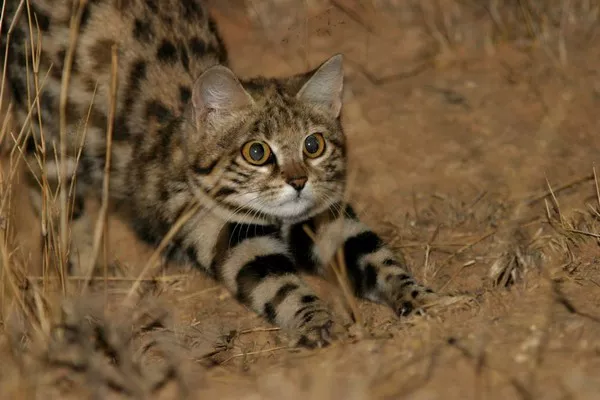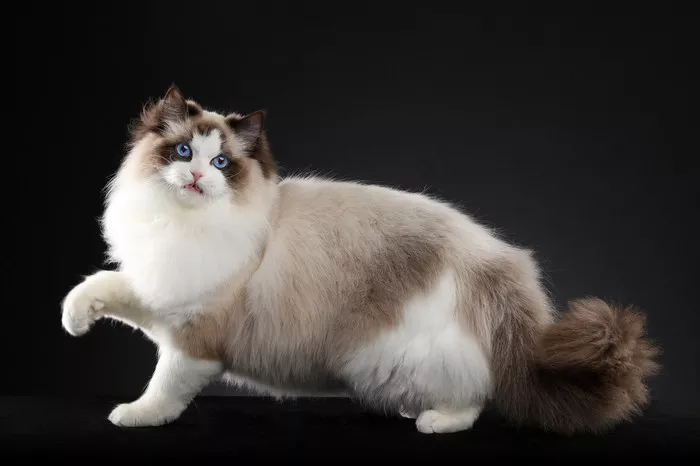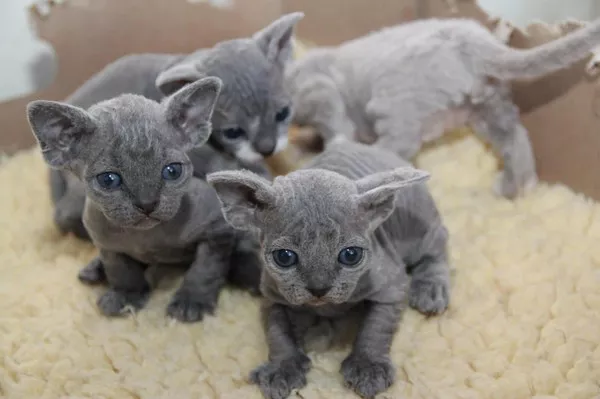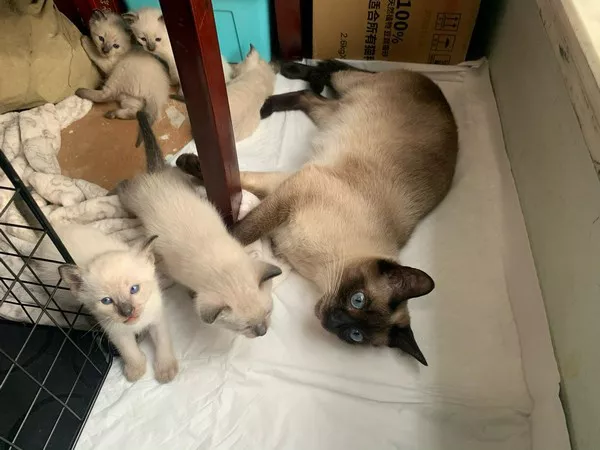The guina, the smallest wild cat in the Americas, faces a perilous future as deforestation and human encroachment threaten its habitat in Chile and Argentina. Conservationists and authorities are stepping up efforts to save this vulnerable feline, emphasizing the need for collaboration with local communities to ensure its survival.
The guina, scientifically known as Leopardus guigna, inhabits the Valdivian Temperate Forest in southwestern Chile and parts of Argentina. Despite its superb adaptability, the cat is grappling with the adverse effects of habitat destruction caused by deforestation, population growth, and human activities in its coastal strip home.
Increasing human presence in the guina’s habitat brings forth serious challenges, including the construction of roads, fences, wildfires, cattle interference, and the pervasive threat of dog attacks. Moreover, locals, perceiving the guina as a threat to poultry, often resort to hunting the cats, compounding the risks faced by this diminutive feline.
The recent spotlight on the guina’s predicament prompted conservationists to address the root causes of its endangerment. With over 200 million years of existence, the Valdivian Temperate Forest is a global biodiversity hotspot, hosting unique flora and fauna, including the guina. However, human-driven changes, such as deforestation and land-use alterations, are disrupting the delicate balance of this ecosystem.
Efforts to protect the guina must extend beyond traditional conservation approaches. The loss and fragmentation of its habitat introduce novel threats, including roads, fences, fires, and encounters with cattle. The presence of dogs, both feral and domestic, poses a severe risk, with dog attacks accounting for a significant number of mortalities.
Dr. Constanza Napolitano, a conservation genetics expert at the University of Los Lagos, emphasizes that guina populations in human-dominated landscapes experience reduced genetic diversity, potentially jeopardizing the overall population. Increased dispersal rates, mainly due to habitat fragmentation, heighten the risks of the cats encountering lethal threats, such as road accidents and interactions with dogs and people.
Moreover, human-altered landscapes increase the likelihood of pathogen transmission from domestic cats and dogs to guinas, exposing them to diseases like parvovirus, feline leukemia, and feline immunodeficiency viruses. While the guina currently possesses genetic resilience against these diseases, continuous habitat destruction or a sudden decline in numbers could alter this dynamic.
Conservationists acknowledge the importance of engaging local communities in the protection of the guina. Recognizing the failure of strictly biological approaches, experts advocate for collaborative efforts that involve education and sustainable development. The Guiña Working Group (GWG), comprising researchers, conservationists, and advocates, is actively working towards the long-term survival of the guina and its habitat.
Community-based initiatives, like the camera trap monitoring project in the Los Lagos region of Chile, empower residents to actively participate in conservation. By monitoring camera traps and reporting findings, community members become stewards of their land, contributing to the protection of the guina.
Future projects, including the deployment of camera traps with noise-emitting devices to deter guinas from approaching chicken coops, exemplify innovative approaches to mitigate human-wildlife conflicts. These initiatives aim not only to protect the guina but also to address the concerns of local communities.
The recent enactment of groundbreaking environmental legislation in Chile provides hope for the guina’s conservation. The Biodiversity and Protected Areas Service establishes a comprehensive framework for administering protected areas and emphasizes the responsibility for biodiversity conservation both inside and outside parks. This legislation introduces management instruments to conserve species, implement ecological restoration strategies, and impose stricter penalties for environmental offenses.
Mariano de la Maza, overseeing the Adaptive Management for Conservation Section at the National Forestry Corporation (CONAF), highlights the potential of the new legislation to address threats to the guina by fostering collaboration with local communities and organizations outside protected areas. Conservation is no longer just a biological practice; it has become a social practice that necessitates understanding and addressing social problems to effectively reduce threats to biodiversity.
In conclusion, the survival of the guina depends on the collective efforts of conservationists, local communities, and policymakers. By embracing innovative conservation strategies, engaging communities, and leveraging new environmental legislation, stakeholders can work together to secure a future for this endangered feline in the unique ecosystems of Chile and Argentina.

























